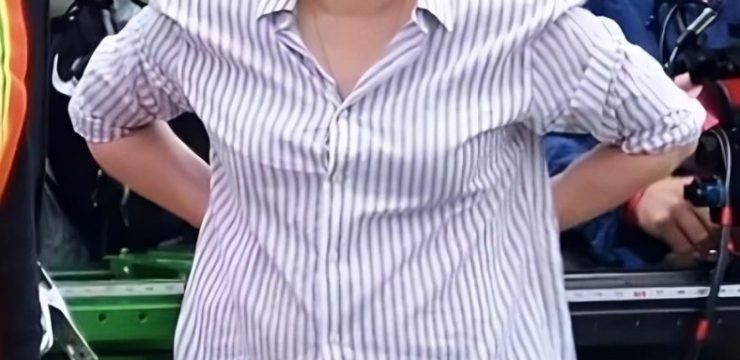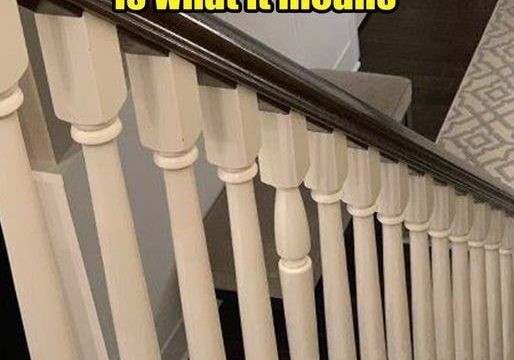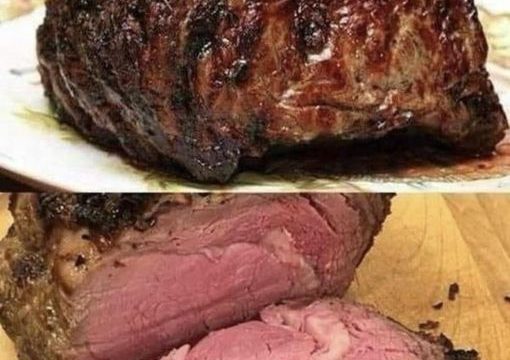Noticing damage on your girlfriend’s car can be alarming, especially when it involves the tires or rims. It’s common to find a cut on the tire’s sidewall or scratches on the rim, often called curb rash. But what does this damage mean? Is it something to be worried about, and can it be fixed? This article will break down the different types of damage, their causes, and the necessary steps to maintain safety and keep the car running smoothly.

Understanding Sidewall Damage: Why It’s Dangerous
The sidewall of a tire is one of its most vulnerable parts. Unlike the tread, which is built to withstand regular road contact, the sidewall is thinner and more prone to damage like cuts, punctures, and cracks.
What Causes Sidewall Damage?
Sidewall cuts often occur when the tire scrapes against sharp edges, such as curbs, debris, or rough potholes. Another common factor is underinflated tires, which tend to flex more during driving, increasing the likelihood of sidewall damage.
Why Sidewall Damage is a Serious Concern
Sidewall damage isn’t just a cosmetic issue; it’s a significant safety hazard. The sidewall supports much of the tire’s pressure and flexes during driving, making it difficult to repair effectively. While a punctured tread can often be patched, a cut sidewall cannot be fixed reliably. Driving on a damaged sidewall increases the risk of a blowout, particularly at high speeds, which can be dangerous. If you notice a significant cut, the best course of action is to replace the tire immediately.
What Causes Curb Rash on Rims?
Curb rash, or scratches on the rim, is a common issue for many drivers. It typically occurs when the car scrapes against the curb while parking or making tight turns.
Why Rims Get Damaged
The rim can suffer damage when the tire’s sidewall makes hard contact with curbs or rough surfaces. This is common when drivers park too close to the curb or misjudge a turn, especially in narrow streets or crowded parking spaces.
Is Curb Rash a Big Problem?
While curb rash does not pose an immediate safety risk like sidewall damage, it can cause issues over time. Deep scratches on the rim can weaken the structure and impact the tire’s ability to maintain a proper seal, which could lead to slow air leaks. If the damage is purely cosmetic, it can be fixed by a professional. However, if the scratches are deep or the rim is bent, replacing the rim may be necessary.
Immediate Steps to Take When You Spot Damage
If you notice damage on the tire or rim, don’t panic. Here’s what to do:
- Inspect the Tire Thoroughly
Look closely at the sidewall for cuts or cracks. If the cut is deep enough to reveal the inner structure, stop driving immediately. Call for a tow to safely transport the car to a tire shop. - Check Tire Pressure
Sidewall cuts can cause rapid pressure loss. Use a tire pressure gauge to see if the tire is still holding air. If the pressure is low, try to inflate it temporarily and drive slowly to the nearest service center. - Evaluate the Rim’s Condition
Inspect the rim for deep scratches, bends, or cracks. If the damage is significant, consult a professional. Minor scratches can often be repaired, but severe damage may require rim replacement.
Why Replacing a Tire with Sidewall Damage is Essential
If you discover sidewall damage, replacing the tire is crucial for safety.
- No Reliable Repairs: Sidewalls cannot be patched like the tread area because of the high stress they endure. Attempting to repair a sidewall is unsafe and should be avoided.
- High Risk of Blowouts: A weakened sidewall is more likely to blow out, which can be catastrophic, especially at high speeds.
- Immediate Replacement Required: Driving on a damaged sidewall endangers everyone in the car. It’s essential to replace the tire as soon as sidewall damage is found.
How to Handle Curb Rash: Repair or Replace?
Curb rash on rims is mainly a cosmetic issue, but it’s worth addressing if it affects the car’s performance or appearance.
- DIY Repair Kits: For minor curb rash, DIY repair kits can be used. These kits include sandpaper, filler, and paint to restore the rim’s appearance. However, they are only effective for surface-level scratches and won’t fix deeper damage.
- Professional Rim Repair: If the damage is more severe, professional services can restore the rim using techniques like sanding, buffing, and repainting.
- When to Replace the Rim: If the rim is bent or cracked, replacing it is necessary. Driving on a damaged rim can lead to poor handling, vibrations, and reduced tire longevity.
Could the Damage Indicate a Bigger Problem?
While tire and rim damage can happen to anyone, it may suggest underlying issues if it occurs frequently.
- Driving Habits: Repeated sidewall cuts or curb rash could indicate a tendency to drive too close to curbs or make tight turns too quickly. Discussing these habits with your girlfriend can help prevent further damage.
- Alignment and Suspension Problems: Frequent tire damage could also point to alignment or suspension issues. It’s advisable to have the car inspected to rule out these problems.
- Parking Situations: Regularly parking in tight spaces or along busy streets increases the risk of sidewall and rim damage. Opt for wider spaces when possible to avoid future incidents.
Conclusion: Address Damage Quickly
Spotting sidewall damage or curb rash can be concerning, but immediate action is crucial for safety. While sidewall damage requires tire replacement, curb rash can often be repaired, depending on the extent. Be proactive by addressing these issues promptly, discussing driving habits, and considering better parking choices to prevent future damage. Maintaining tire and rim safety ensures a smoother and safer driving experience. Don’t let minor issues become major problems—stay vigilant about car maintenance and drive safely.





